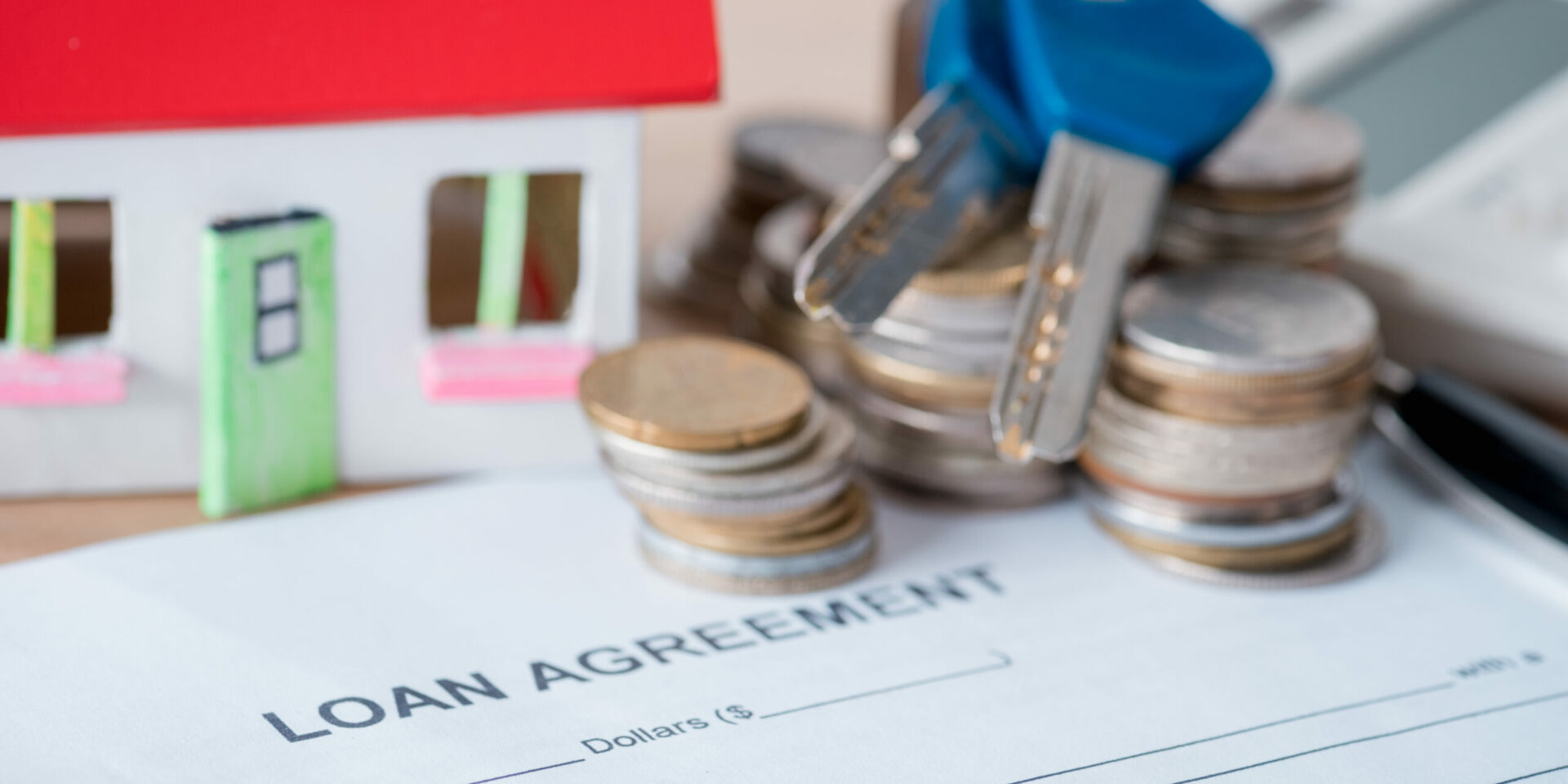What is LMI and do you need to pay for it?
You usually pay for insurance to cover the costs of repairs and other expenses incurred in an incident. Lender’s Mortgage Insurance or LMI also works this way, however, in the case of loans, it covers your lender.
You pay the LMI to protect the lender just in case you default on your loan. Think about it, your lender lets you borrow money which puts them in a risky position in case you decide to ditch the repayments.
LMI guarantees whatever loss the bank is bound to suffer should the time come that you are unable to pay back your loan.
Since banks are running a business, they are smart enough to make sure that losses are minimized. When you default on your loan, the bank will repossess your property. Repossessed properties sell at a lower price and it’s the LMI that cover’s that price difference. In the end, if you default or not, the bank doesn’t lose anything.
When do insurers change LMI?
Insurers charge applications deemed high risk. High-risk applicants are those who are unable to put down at least a 20% deposit on a property.
Because of the rising prices of Australian properties, the deposit required to purchase a property rose, too. It’s getting harder and harder for first homebuyers to save enough for a deposit. In fact, the news says that it would take an average of 8 years before an Australian can save up for a home deposit. That’s obviously a long time.
Because of this, many homebuyers have no choice but to pay LMI to get a loan on their properties. So if you have less than 20% in deposit, your loan to value ratio (LVR) would come to a higher than 80%. Banks see 80% LVR and above to be high risk. It makes sense. People who do have not much to lose (in the form of deposits) are more likely to default on a loan.
In the event that you fail to pay back your loan, the insurance provider will cover the bank’s loss.

How is LMI calculated?
There are a number of factors on which the LMI is based. One is the amount of your loan. Another is the amount of your deposit. You will pay more in LMI when you have less in deposit.
The LMI amount will also vary according to the type of property you are purchasing–investment or owner-occupied. A lender may also take into consideration your employment status. Some occupations are low risk in the eyes of banks.
LMI calculation can vary from lender to lender. But mostly, the LMI amount will be based on your LVR plus the stamp duties.
Let’s say, you are buying a $500,000 with a deposit of $50,000 (10%) so your loan amount is $450,000, and your LVR would be 90%. The property is already an existing property in NSW and you are not a first home buyer. Also, the property is not for investment.
For a loan amount of $450,000 with an LVR of 90%, the LMI may amount to 2%. Here, 2% of $450,000 is $9,000.
But it doesn’t end there. Your LMI is also charged a stamp duty which differs per state. In NSW, that is 9% of your LMI premium. 9% of $9,00 is $810.
This is a very simplified calculation to give you an idea of how LMI works. LMI rates also differ from lender to lender as each bank has a different insurance provider. For a more accurate LMI, talk to a mortgage broker.
When do you pay the Lender’s Mortgage Insurance?
You can pay the whole LMI premium upfront. This means that you have to have that extra $9,810 upon settlement of the loan. If you don’t, you can capitalize the LMI premium across the life of the loan. And of course, anything that you do not pay in full will incur interest. As you pay down the loan amount, you also pay down the LMI with interest.
How to avoid paying Lender’s Mortgage Insurance ?
The safest path to avoiding LMI is having enough deposit for a property. But, property investors may think differently. You can choose to pay the LMI now instead of waiting a few more years to save up enough for it if that means you gain something. This is especially the case for investment properties.
Another way is to ask a family member or a friend to act as a guarantor for your mortgage. They may have built up equity on their property. You can tap this to guarantee a portion of the loan so that the bank can grant you a 100% LVR.
Still not sure about how LMI works for your specific situation? Talk to one of our brokers now. We’ll help you understand and navigate your mortgage journey.
